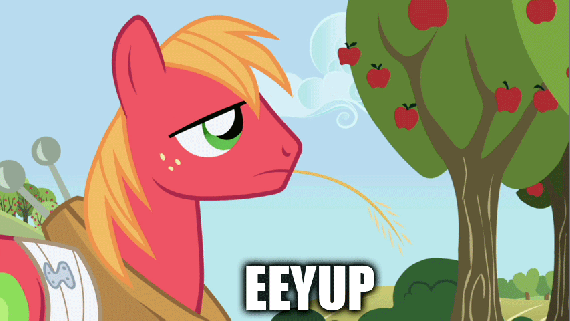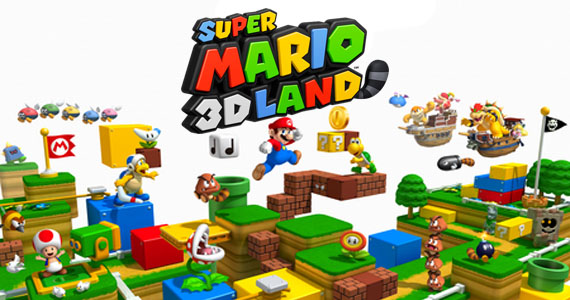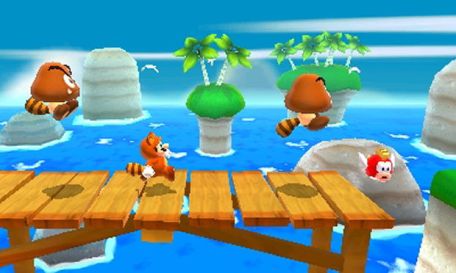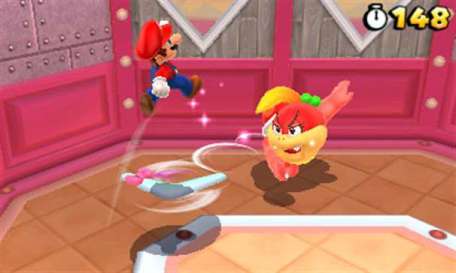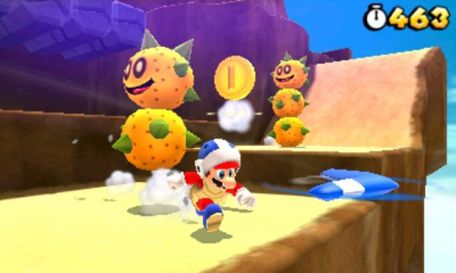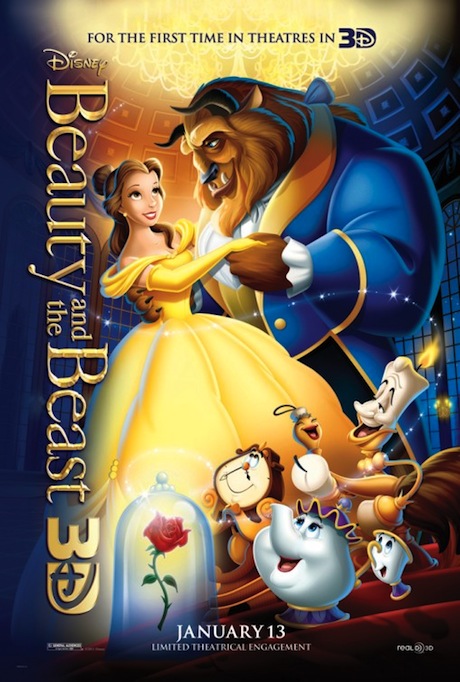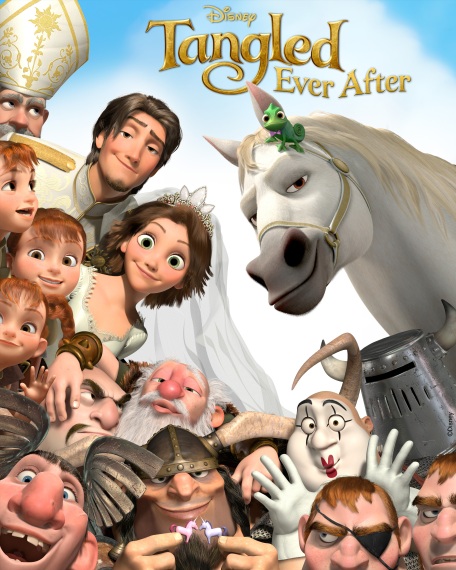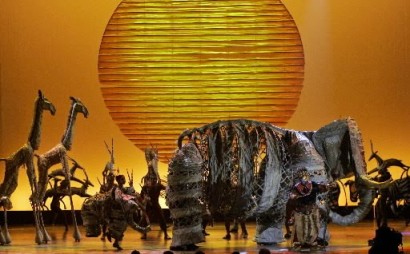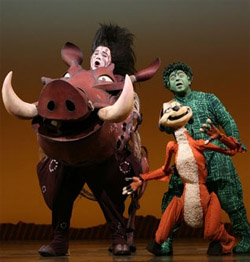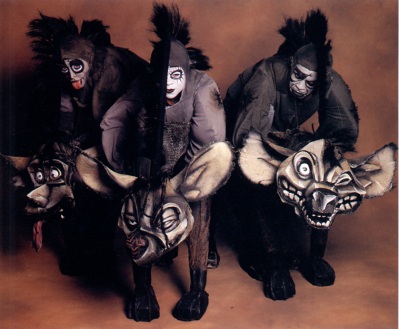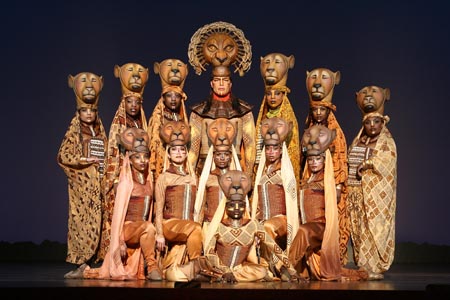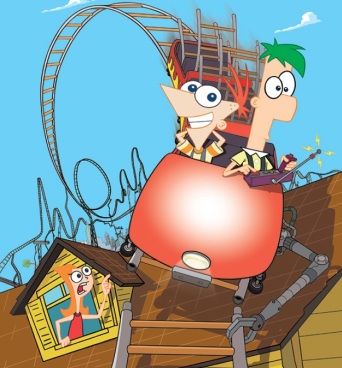 The Disney Afternoon has not existed since 1999, but fans of the shows that ran in that prestigious time slot are still ones that are remembered to this day by the people who grew up watching them. Many fans have been almost demanding Disney to make new animated shows that were of the quality of the ones found in the Disney Afternoon, but there have not been many results worth mentioning (except for Kim Possible, which was absolutely fantastic), but now we have Phineas and Ferb. If there was ever a show that should have been part of that programming block, it’s this one.
The Disney Afternoon has not existed since 1999, but fans of the shows that ran in that prestigious time slot are still ones that are remembered to this day by the people who grew up watching them. Many fans have been almost demanding Disney to make new animated shows that were of the quality of the ones found in the Disney Afternoon, but there have not been many results worth mentioning (except for Kim Possible, which was absolutely fantastic), but now we have Phineas and Ferb. If there was ever a show that should have been part of that programming block, it’s this one.
When I first sat down to watch Phineas and Ferb, I was hesitant. I had been burned by shows on the Disney Channel before, but my hesitation had become completely removed the first time I heard the ska theme song and saw penguins rocking out on guitars. I was hooked immediately.
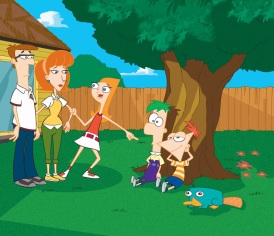 Phineas and Ferb almost always follows the same exact formula for each episode: Phineas and Ferb create a crazy invention and their sister Candace tries to bust them to their mother. While that main storyline is going on, the B story is always their pet platypus, Perry, also known as Agent P, fighting against his nemesis, the villainous Dr. Heinz Doofenshmirtz. Whatever Doofenshmirtz builds to get rid of something he hates or would allow him to take over the Tri-State Area ends up destroying or otherwise getting rid of whatever Phineas and Ferb make right before Candace can bust the boys to their mother. Perry always returns to the response of “Oh, there you are Perry” and everyone has a snack. Rinse, wash, and repeat for around 150 episodes.
Phineas and Ferb almost always follows the same exact formula for each episode: Phineas and Ferb create a crazy invention and their sister Candace tries to bust them to their mother. While that main storyline is going on, the B story is always their pet platypus, Perry, also known as Agent P, fighting against his nemesis, the villainous Dr. Heinz Doofenshmirtz. Whatever Doofenshmirtz builds to get rid of something he hates or would allow him to take over the Tri-State Area ends up destroying or otherwise getting rid of whatever Phineas and Ferb make right before Candace can bust the boys to their mother. Perry always returns to the response of “Oh, there you are Perry” and everyone has a snack. Rinse, wash, and repeat for around 150 episodes.
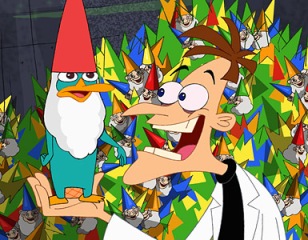 While the show has a very obvious formula, each episode feels incredibly fresh. Every one of the boy’s inventions are individual ideas that are never repeated (except for one, but that’s because the second time is a musical version of the episode, but that’s something I will touch upon later). In one episode they can be playing with giant Spinning Tops of Death and in another the boys can be fighting giant treehouse robots with their sister and her friend Stacy. Even Doofenshmirtz and Perry’s story lines never stagnate. There’s always a different “-inator” that Doofenshmirtz makes to “fix” his problems with the world along with a new way to capture the intrepid platypus secret agent (my personal favourite is encasing Perry in quick drying chocolate to stop him from stopping the good doctor from melting all of the chocolate in the Tri-State Area in order to sell his own chocolate at exorbitant prices).
While the show has a very obvious formula, each episode feels incredibly fresh. Every one of the boy’s inventions are individual ideas that are never repeated (except for one, but that’s because the second time is a musical version of the episode, but that’s something I will touch upon later). In one episode they can be playing with giant Spinning Tops of Death and in another the boys can be fighting giant treehouse robots with their sister and her friend Stacy. Even Doofenshmirtz and Perry’s story lines never stagnate. There’s always a different “-inator” that Doofenshmirtz makes to “fix” his problems with the world along with a new way to capture the intrepid platypus secret agent (my personal favourite is encasing Perry in quick drying chocolate to stop him from stopping the good doctor from melting all of the chocolate in the Tri-State Area in order to sell his own chocolate at exorbitant prices).
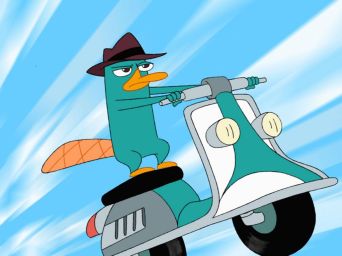
Most of what keeps Phineas and Ferb from stagnating is the consistently high quality of the writing. The jokes fly fast and stick leaving the viewer with numerous quotable lines for each 11-minute episode. The writing also follows the Disney standard of animation in that it writes both for kids and the adults who watch television with (or in my case, like) children. Part of this stems from the fact that it was created by Dan Povenmire (a writer for Rocko’s Modern Life and a director of a number of Family Guy episodes in earlier seasons. He also voices Dr. Doofenshmirtz) and Jeff “Swampy” Marsh (who also wrote for Rocko’s Modern Life and voices Major Monogram on Phineas and Ferb). There is definitely a lot of similarities that can be drawn between the styles of humour in Rocko’s Modern Life and Phineas and Ferb, the largest of which would just be how unbelievably bizarre both of the shows can get at times (Giant Floating Baby Head and the Jewish Mexican Cultural Fair are two that immediately spring to mind).
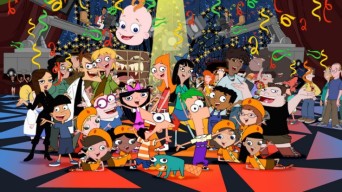 The other major component to the show’s success is the quality of the characters. Phineas and Ferb are two absolutely brilliant children with imaginations that are just demanding to be expressed into new and interesting ideas. What is most interesting about them, but is something that really isn’t focused upon in the show too often (which is a subtlety that I’m glad exists) is that the brothers are actually stepbrothers. Phineas and Candace’s mother and Ferb’s father married when the boys were young, but the relationship between the entire family unit is just like a family where all of the members are blood related. There is never any amount of dysfunction besides the standard sibling rivalry, which leads us to Candace. Her major role is to try to reveal her brother’s adventures to their mother, but this usually gets in the way of her having an actual life of her own, much to her friend Stacy’s chagrin. Their mother, Linda, is eternally patient with her daughter (though she believes that Candace is completely crazy) and wonderfully doting towards Phineas and Ferb. All of this hides (rather poorly) the fact that she used to be an 80’s one-hit-wonder. Their father is not seen all that often earlier in the show, but when he does finally show up, he just looks upon the inventions of the boys with a blissful joy and relative unawareness.
The other major component to the show’s success is the quality of the characters. Phineas and Ferb are two absolutely brilliant children with imaginations that are just demanding to be expressed into new and interesting ideas. What is most interesting about them, but is something that really isn’t focused upon in the show too often (which is a subtlety that I’m glad exists) is that the brothers are actually stepbrothers. Phineas and Candace’s mother and Ferb’s father married when the boys were young, but the relationship between the entire family unit is just like a family where all of the members are blood related. There is never any amount of dysfunction besides the standard sibling rivalry, which leads us to Candace. Her major role is to try to reveal her brother’s adventures to their mother, but this usually gets in the way of her having an actual life of her own, much to her friend Stacy’s chagrin. Their mother, Linda, is eternally patient with her daughter (though she believes that Candace is completely crazy) and wonderfully doting towards Phineas and Ferb. All of this hides (rather poorly) the fact that she used to be an 80’s one-hit-wonder. Their father is not seen all that often earlier in the show, but when he does finally show up, he just looks upon the inventions of the boys with a blissful joy and relative unawareness.
 Even Dr. Doofenshmirtz gets some character development, partially from his constant insistence of telling Perry the Platypus the back story that led to the invention of his latest “-inator”, partially from his hatred of his perfect brother Roger, but mostly from the existence of his daughter, Vanessa. Dr. Doofenshmirtz wants nothing more than to get his teenage daughter to love him, but she usually is just hopelessly embarrassed by him. He also is not really that evil (seriously, he runs a company called Doofenshmirtz Evil, Inc. that has it’s own jingle), he just goes about solving his problems in a very odd manner.
Even Dr. Doofenshmirtz gets some character development, partially from his constant insistence of telling Perry the Platypus the back story that led to the invention of his latest “-inator”, partially from his hatred of his perfect brother Roger, but mostly from the existence of his daughter, Vanessa. Dr. Doofenshmirtz wants nothing more than to get his teenage daughter to love him, but she usually is just hopelessly embarrassed by him. He also is not really that evil (seriously, he runs a company called Doofenshmirtz Evil, Inc. that has it’s own jingle), he just goes about solving his problems in a very odd manner.
A musical version of an episode was mentioned earlier, but musical numbers are not just limited to that one episode. Most episodes, in fact, have a song in them written for just that episode; on top of that, they’re exceptionally well done.
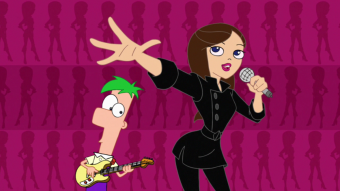
The theme song (“Today’s Going to be a Great Day”) for the show is performed by Bowling for Soup and really sets the tone and premise for the show up perfectly (and shows a number of inventions that Phineas and Ferb might do over the course of their summer adventures, and by the end of season 3, all but one of them have been accomplished (it’s actually a running joke within the show)). Most of the songs were written by Dan Povenmire and/or Jeff “Swampy” Marsh, and as such, fit perfectly within the tone of the show. Some of the best songs in the show can be found in the season 1 episode “Dude, We’re Getting the Band Back Together”, which also happens to be one of the best episodes. What is so amazing about the music is that the songs do not necessarily follow a specific musical style, they range from disco, to country, to 80’s rock, to even jazz and ska. There are 3 separate soundtracks for the show and they are well worth a listen even if you aren’t a fan of the show.

Phineas and Ferb is easily one of the most brilliant shows I have seen in ages. It has wonderful writing, well developed characters, fun stories, and amazing music and animation. Drop whatever you are doing and watch this show. 3 seasons of it are available on NetFlix Streaming and you will not be disappointed.
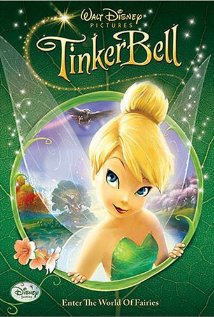
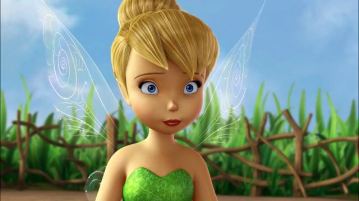
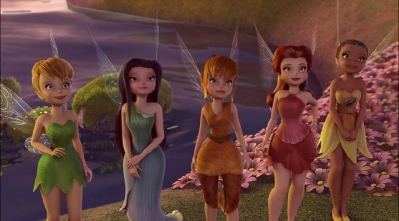
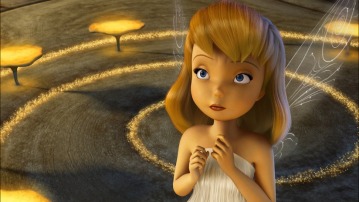
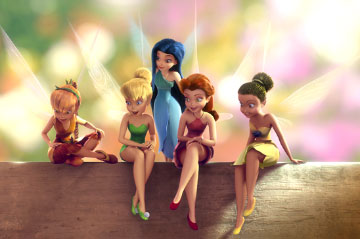


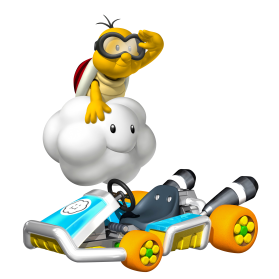

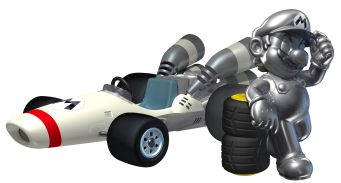



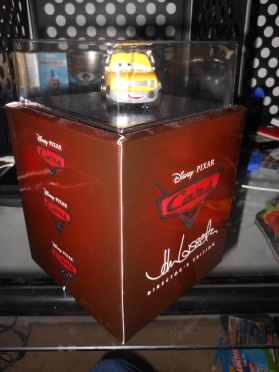
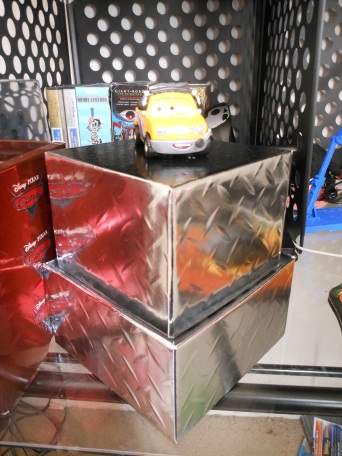
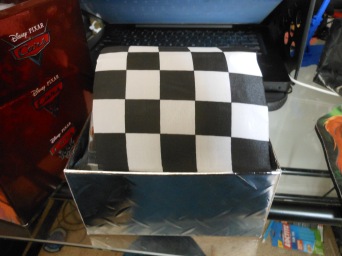


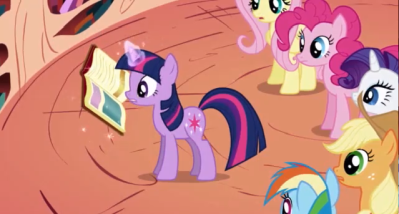
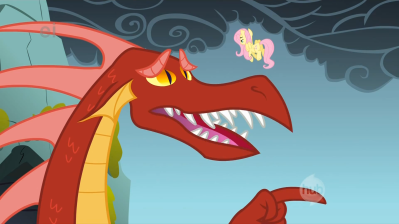
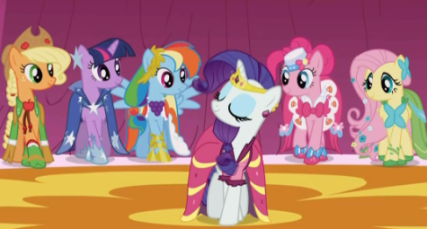


![My.Little.Pony.Friendship.Is.Magic.S01E26.The.Best.Night.Ever.720p.WEB-DL.DD5.1.h.264-ETP.mkv_snapshot_13.31_[2011.05.07_14.51.00]](https://adventuresofalostboy.files.wordpress.com/2012/01/my-little-pony-friendship-is-magic-s01e26-the-best-night-ever-720p-web-dl-dd5-1-h-264-etp-mkv_snapshot_13-31_2011-05-07_14-51-00.jpg?w=570)
